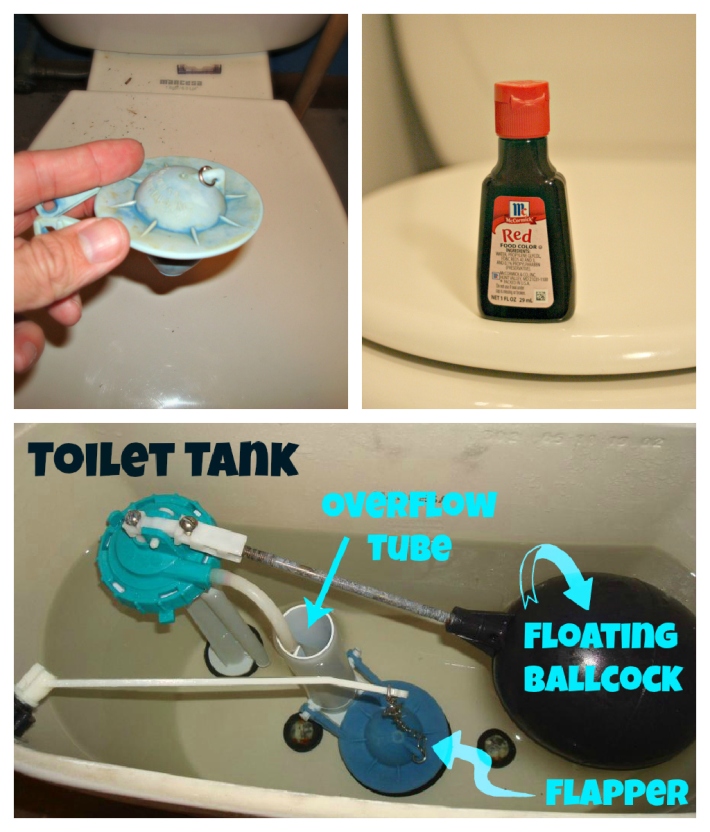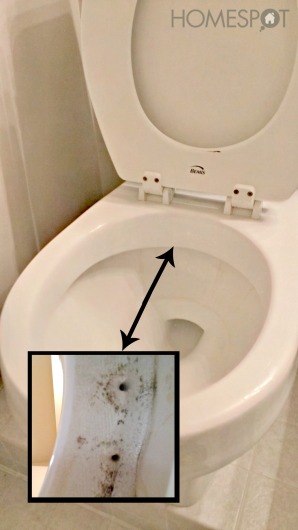Now that Spring is finally starting to creep its head out, leaving Winter behind for good, it’s time we all take a look at our lawn and really examine what the damage is.
For many of us, the problem will simply be that the lawn looks dead. Simple, right? Just water and feed, as normal, and let nature do the rest of the work. But for those of you that tried to keep your lawn looking fresh and healthy over the Winter months, you may have an entirely new set of problems. 
Thatch is a thin layer of organic debris that posts up between the leaf blades and roots of the turf grass. This layer prevents water from penetrating the soil down to the roots, so if you’re watering but notice that the water is just rolling off the blades, it might be time to dethatch. Dethatching is something that needs to be done when there is an accumulation this debris, which is usually in 1″ layers above the soil line.
What causes thatch? There are a few different answers, but the main ones are overwatering, overfertilizing, and mowing too high. You can also get down and dirty and buy a mulching lawnmower to help out with thatch.
There are good times to dethatch a lawn, but it is determinant of what kind of lawn you have. If you’ve got a cool-season lawn, the best time to dive into a dethatching project is early fall or early spring. If you’ve got a warm-season lawn, the best time to dethatch is early summer.
So now is the perfect time to dethatch if you’ve got a cool-season lawn. Let’s get to it!
If you’ve got a small yard or small area to dethatch, you can use a thatching rake, which is a sharp rake that rips that thatch out of the ground. Leaf and hard rakes can also work for smaller areas, but because you’ll need to really get down under the first layer of grass, these types of rakes might not be able to do the trick.
If you’ve got a large yard, I’d recommend getting a power dethatcher and going over the lawn just once. If you’re using a power dethatcher, you’ll want to flag all your irrigation hubs and other hidden objects so that you don’t destroy them in the dethatching process. Be sure to follow the operating manual steps for procedure. If you do, your lawn will look terrible once you’ve finished. Don’t worry, though — it’s supposed to look like that.
If you decide to rent a power dethatcher, be sure to bring along a few friends and a big truck, as these things can be bulky and awkward.
Once you’ve finished with the yard, rake up the debris (using a regular rake) and dispose of the debris as you would any other lawn waste. This is also a great time to overseed and overwater your yard. Because they’ve been neglected, the roots and soil will be ready to take in whatever you have to offer. It’ll take up to three to four weeks to get the lawn to start showing progress, but it is definitely worth it.






 Hi, I'm Diane. I love sharing personal stories about the DIY projects that my brave husband and I have successfully, and not so successfully, executed on our later 19th Century church turned quirky family crib in rural Springfield, Illinois. I have a passion for diving into new territory when it comes to home improvement, and happily impart my wisdom, tips, and tricks on several home improvement blogs, so much so that I've been dubbed the "DIY Mother” by my friends and family. My sister-in-law Katie and I decided it was finally time to start sharing these on our own blog; so whatever you do, don't sit back and relax. Pick up a hammer and get to work!
Hi, I'm Diane. I love sharing personal stories about the DIY projects that my brave husband and I have successfully, and not so successfully, executed on our later 19th Century church turned quirky family crib in rural Springfield, Illinois. I have a passion for diving into new territory when it comes to home improvement, and happily impart my wisdom, tips, and tricks on several home improvement blogs, so much so that I've been dubbed the "DIY Mother” by my friends and family. My sister-in-law Katie and I decided it was finally time to start sharing these on our own blog; so whatever you do, don't sit back and relax. Pick up a hammer and get to work!
 Hey, I'm Katie. I'm passionate about self-reliance and green home improvements, and I've worked for five years to turn our fixer-upper into a model of clean, green living. I believe that there are dozens of simple fixes that could make every home more efficient, affordable, and sustainable, so I spend my free time spreading the word and sharing tips. We love getting our hands dirty as a family--I've spent many a Saturday bonding with my husband and two boys over fixing up the furnace or installing new insulation.
Hey, I'm Katie. I'm passionate about self-reliance and green home improvements, and I've worked for five years to turn our fixer-upper into a model of clean, green living. I believe that there are dozens of simple fixes that could make every home more efficient, affordable, and sustainable, so I spend my free time spreading the word and sharing tips. We love getting our hands dirty as a family--I've spent many a Saturday bonding with my husband and two boys over fixing up the furnace or installing new insulation.

 My name is Lucy Clark, I'm a mother of two, and an avid DIY-er. My hobbies include watching my daughters' soccer games, hiking, and painting my living room a different color at least twice a year. I'm better at routing a table than cooking a roast, although I make a pretty mean cheesecake. When I'm not out in the garage working the band saw, I can be found raising money for Breast Cancer Research.
My name is Lucy Clark, I'm a mother of two, and an avid DIY-er. My hobbies include watching my daughters' soccer games, hiking, and painting my living room a different color at least twice a year. I'm better at routing a table than cooking a roast, although I make a pretty mean cheesecake. When I'm not out in the garage working the band saw, I can be found raising money for Breast Cancer Research.
 Hi, I’m Rachael. I’m a mother of one, and I love all things DIY. Since I moved into our home with my 9-year old daughter, I have been on a mission to improve our house into a beautiful home that we could be proud of. I recently became interested in the green movement, and am constantly seeking ways to make earth-conscious decisions for our household that don’t break the bank. When I’m not working on our home, you can find me taking my daughter to ballet classes, researching new DIY ideas, and best of all, cooking a mean jambalaya.
Hey, I'm Emmalee! I graduated from The University of Texas with a degree in interior designs. After working as an interior designer for a while, I decided to start helping others with their projects. I like to teach simple DIY projects and tips for decorating. Also, I enjoy photography and learning about the latest trends in home renovations and design.
Hi, I’m Rachael. I’m a mother of one, and I love all things DIY. Since I moved into our home with my 9-year old daughter, I have been on a mission to improve our house into a beautiful home that we could be proud of. I recently became interested in the green movement, and am constantly seeking ways to make earth-conscious decisions for our household that don’t break the bank. When I’m not working on our home, you can find me taking my daughter to ballet classes, researching new DIY ideas, and best of all, cooking a mean jambalaya.
Hey, I'm Emmalee! I graduated from The University of Texas with a degree in interior designs. After working as an interior designer for a while, I decided to start helping others with their projects. I like to teach simple DIY projects and tips for decorating. Also, I enjoy photography and learning about the latest trends in home renovations and design.
 Hi, I’m Rachael. I’m a mother of one, and I love all things DIY. Since I moved into our home with my 9-year old daughter, I have been on a mission to improve our house into a beautiful home that we could be proud of. I recently became interested in the green movement, and am constantly seeking ways to make earth-conscious decisions for our household that don’t break the bank. When I’m not working on our home, you can find me taking my daughter to ballet classes, researching new DIY ideas, and best of all, cooking a mean jambalaya.
Hi, I’m Rachael. I’m a mother of one, and I love all things DIY. Since I moved into our home with my 9-year old daughter, I have been on a mission to improve our house into a beautiful home that we could be proud of. I recently became interested in the green movement, and am constantly seeking ways to make earth-conscious decisions for our household that don’t break the bank. When I’m not working on our home, you can find me taking my daughter to ballet classes, researching new DIY ideas, and best of all, cooking a mean jambalaya.